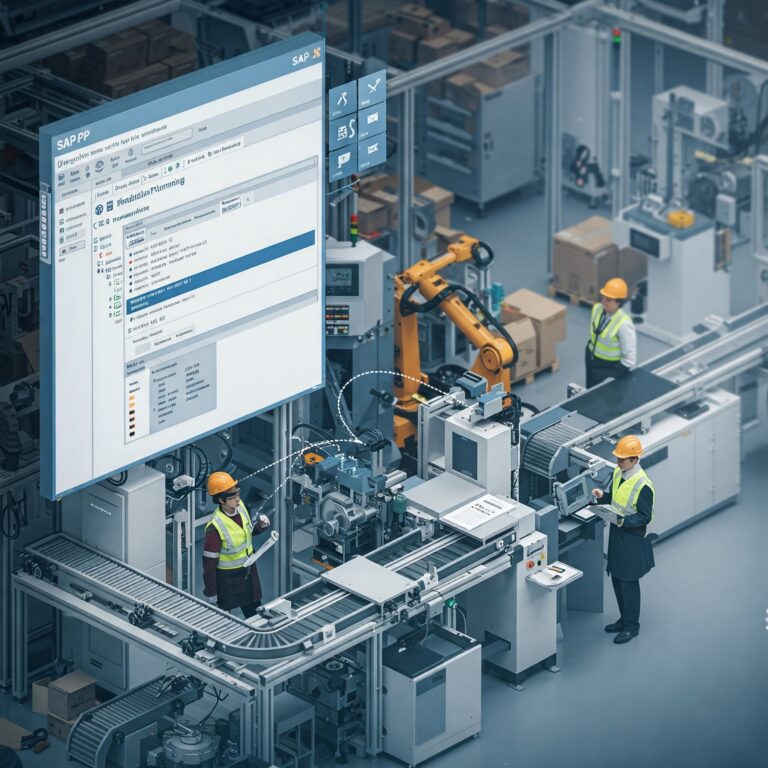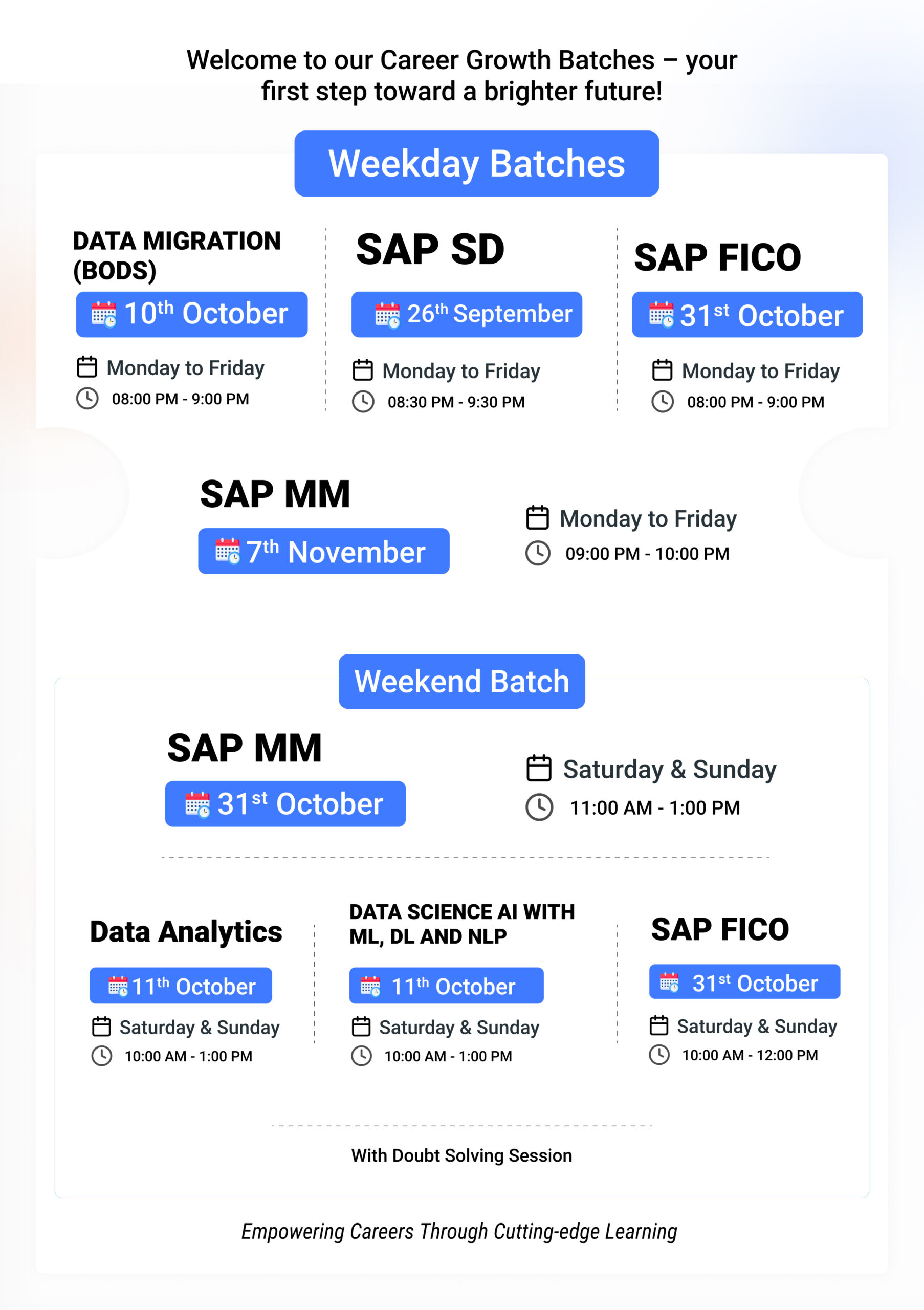VLSI Full Form in Computer 2025: A Complete Guide for Entry-Level IT Professionals
In the ever-changing world of technology, new buzzwords pop up every day. One similar term that’s becoming increasingly important in 2025 is VLSI — a core conception driving invention behind the scenes in everything from your smartphone to high-end AI systems.
If you’ve just started exploring the world of computers or electronics, this guide will help you understand the VLSI full form in computer, its real-world operations, and its importance in today’s smart and compact devices.
Let’s break it down in a simple, relatable way so you can get a clear picture — whether you are a student, an aspiring IT professional, or someone curious about how devices are getting smarter and smaller.

What Does VLSI Mean in Computers?
In computing, VLSI stands for Very Large-Scale Integration. It refers to the process of placing millions, even billions, of tiny transistors onto a single microchip. These transistors act like electronic switches that process information, and packing so many of them into a small space means more power, speed, and efficiency in electronic devices.
Think about the devices you use every day—like your laptop, smartphone, or even a smartwatch. All of these rely on VLSI chips to work fast, use less power, and take up less space. In simple words, VLSI makes modern electronics possible.
VLSI with Real-Life Examples
To understand the VLSI full form in computer with example, imagine the brain of your mobile phone — the processor. It’s packed with billions of tiny circuits, all thanks to VLSI. Or think about a memory card that stores thousands of photos. The chip inside is designed using VLSI technology.
These examples show how the technology isn’t just for engineers — it’s part of the everyday gadgets we rely on. Without Very Large Scale Integration, these devices would be larger, slower, and less efficient.
What Is ULSI and How Is It Different from VLSI?
While you’re learning about VLSI, you might also come across ULSI, which stands for Ultra-Large Scale Integration. The idea is similar to VLSI, but ULSI refers to even more advanced transistor density — generally more than 10 million components on a single chip.
If VLSI made the smartphone era possible, ULSI is powering today’s advanced processors in data centers, AI systems, and supercomputers. Knowing both terms helps you stay informed about where the tech industry is heading.
When Did VLSI Enter the Picture?
Let’s explore VLSI’s role in the progression of computer generations. It became prominent during the fourth generation of computers, when microprocessors replaced bulky vacuum tubes and transistors. That was a major leap forward.
Now in 2025, we’re in the era of the fifth and sixth generations, where AI, IoT, and quantum computing are reshaping how we interact with technology. VLSI continues to fuel this growth by enabling the creation of faster and more reliable chips.
How Important Is VLSI in ECE?
If you are studying or working in Electronics and Communication Engineering (ECE), you’ve probably encountered the VLSI full form in ECE discussions — and for good reason. VLSI is one of the most important subjects in this field.
From designing logic gates and flip-flops to understanding how memory works inside devices, VLSI helps engineers build the “brains” behind electronics. Whether you want to build smart appliances, work in robotics, or dive into chip design, VLSI is a core skill.
Planning to Learn VLSI? Here’s How to Start
Curious about how to learn VLSI? You’re not alone. Thousands of students and professionals enroll in VLSI courses every year. A good course generally covers:
-
Fundamentals of digital logic and semiconductor devices
-
Design languages like Verilog and VHDL
-
Use of simulation and layout tools like Cadence or Synopsys
VLSI design is typically divided into two main phases:
-
Front-End Design: Involves writing the logical functionality using HDL, verification, and simulation.
-
Back-End Design: Focuses on the physical layout of the chip — deciding where each transistor or wire will go.
If you are looking for a trusted place to start, GTR Academy offers hands-on training in VLSI, covering everything from foundational concepts to real-world chip design. Their instructors guide you through practical projects and help you build skills that are in high demand.
What Is VLSI Design All About?
When we talk about the VLSI full form in computer, it naturally leads us to VLSI design — the process of planning and creating the integrated circuits (ICs) that power modern electronics.
The design process includes:
-
Front-End Design: Logic implementation, HDL coding, simulation, and functional verification
-
Back-End Design: Physical placement and routing, timing analysis, power optimization
As more companies aim to develop custom chips for smartphones, wearables, and smart homes, VLSI designers are in demand now more than ever.
Learning Resources to Explore Further
If you prefer studying at your own pace, resources like VLSI full form in computer PDF downloads or tutorial websites can be very helpful. One popular platform is GeeksforGeeks, which offers detailed explanations, examples, and code snippets related to VLSI concepts.
You can combine these free resources with practical training from institutes like GTR Academy, and you’ll be well on your way to becoming a skilled VLSI engineer.
Why VLSI Still Matters in 2025
The tech world is heading toward even more advanced devices — AI-powered assistants, self-driving cars, smart medical equipment — and all of these rely on highly efficient chips.
Understanding the VLSI full form in computer helps you grasp how these complex systems are built and how you can be a part of building them. VLSI is no longer just a topic in textbooks — it’s an essential part of real-world innovation.
Final Thoughts: Start Your VLSI Journey Today
To wrap up, the VLSI full form in computer stands for Very Large Scale Integration — a technology that’s changed the way we use, build, and think about electronic devices.
Whether you’re a beginner, a student of ECE, or an IT enthusiast, learning VLSI in 2025 is a valuable investment in your tech career. From wearable gadgets to advanced processors, VLSI is the engine behind it all. Start your journey today with the right learning platform, and unlock a world of innovation.








